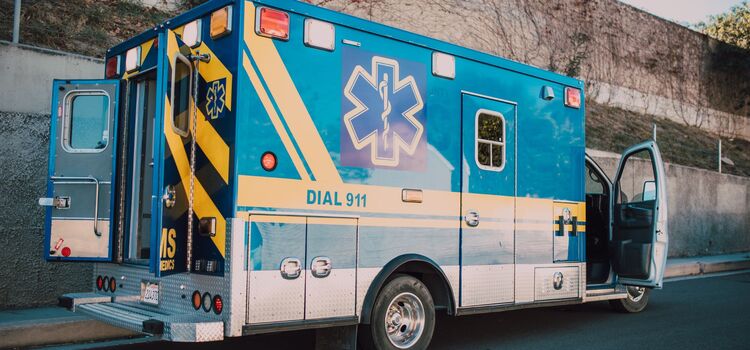
Prior to using a patient lift, it’s essential to properly prepare the environment in which it will be used. If you are using a lift in a residential setting, preparation includes assessing the home’s floor plan and ensuring its setup allows the lift to be safely utilized. This article discusses considerations to keep in mind and measures to take when using a patient lift in a residential floor plan.
Considerations During the Planning Phase
Proper planning is a crucial aspect of safe lift operation, and you must always follow the manufacturer’s instructions. You need to think about the type of lift you will use and the area or rooms it will be used in. You must also determine if there is enough room around a patient’s bed to accommodate the lift you’ll be using and its movements. Determinations may vary depending on the size of the patient and the lift.
If you move the patient to a different room, you must ensure the doorways are large enough for the device to fit through. Make sure you account for the patient, yourself and any other caregivers who may help operate the lift.
Floor-based Lifts
If you are using a floor-based patient lift, you must plan out the routes you will take throughout the residence. Remember, the Food and Drug Administration recommends keeping the base legs as open as possible to improve stability. Ask yourself:
- Is the route clear so the lift can be maneuvered without the legs hitting anything or getting caught?
- Is there adequate room to ensure the patient on the lift can fit along the route without being bumped or hurt?
- Is there adequate space to turn the lift?
- Is the patient’s bed and furniture high enough off the ground to allow the lift’s base to fit under them and be close enough to load the patient onto the lift?
Additionally, you need to examine the home’s floor to ensure it is stable, firm, smooth, slip-resistant and free of tripping hazards. It is important to consider transitions to different flooring surfaces you may encounter. You will need to think about how the lift moves over different types of floors and determine if there are any edges or transition strips that may create hindrances or cause the device to become unlevel or unsteady.
If the lift is moved over a carpeted surface, you must ensure that the device can travel easily over it and that the carpet is securely fastened. The carpet must not be able to buckle; otherwise, it may cause the lift to get stuck.
Consider placing a plastic floor mat over carpeting for smother operation or choosing a lift with bigger wheels. If the lift must travel over rugs, they must be secured to prevent rolling or buckling. You may also consider removing rugs.
If a floor-based lift does not work for the situation or floor plan, consider a different way to move the patient by using another type of lift.
Ceiling and Track System Lifts
When using a ceiling lift or one that travels along a track system, you must make sure there is room to operate the device and that the route is clear of any obstacles or hindrances. As with floor-based models, you must to account for the size of the patient, yourself and caregivers who are needed for safe lift operation. If you are walking alongside the patient as they are being transferred, make sure the flooring is free from tripping and slipping hazards.
With these types of lifts, the track system needs to be free from any blockages. You must also consider the height at which the lift will transport the patient and make sure the floor plan accommodates it.
Conclusion
Working safely is everyone’s responsibility at . Please contact your supervisor if you have any questions regarding safe residential floor plans for using patient lifts or any other safety matters. See you at the next safety meeting!
This Safety Matters flyer is for general informational purposes only and is not intended as medical or legal advice. © 2023 Zywave, Inc. All rights reserved.
